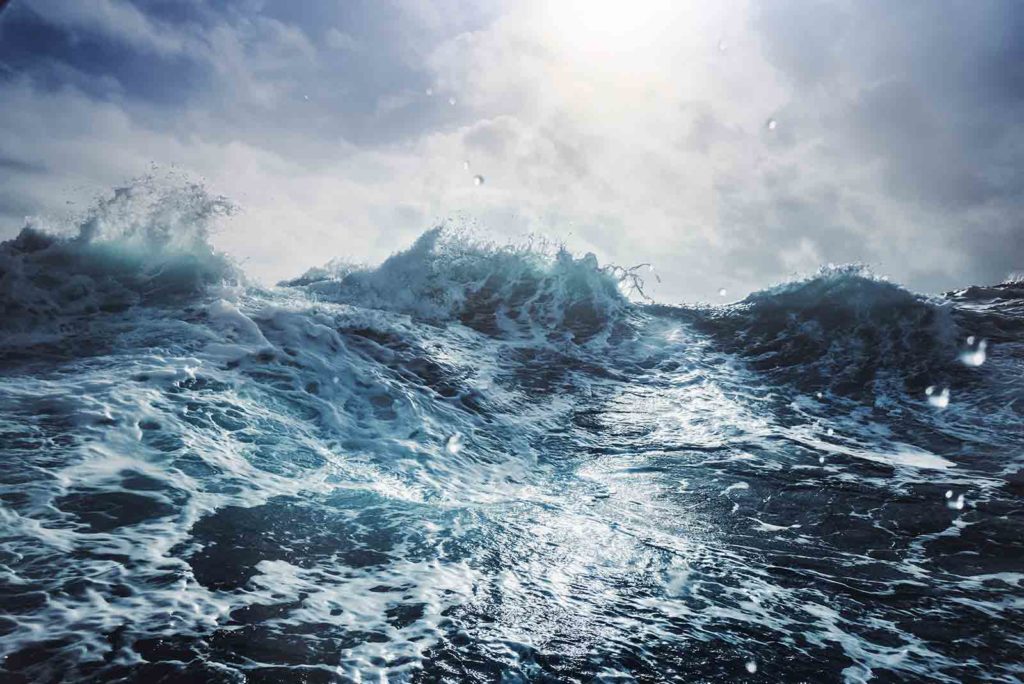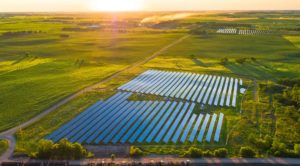
 Last year, our oceans set a record. But, unfortunately, it wasn’t a good one. In 2018, a heat record was set that indicates oceans are warming faster than expected.
Last year, our oceans set a record. But, unfortunately, it wasn’t a good one. In 2018, a heat record was set that indicates oceans are warming faster than expected.
On January 10, 2019, a team of scientists from the U.S. and China published an article in the journal Science sharing that oceans are warming as much as 40 percent faster than estimated by a United Nations panel five years ago. The research additionally indicated that ocean temperatures have broken records consistently for five consecutive years, with 2018 being the highest temperature.
You might be asking why the temperature of the ocean accelerating at this rate? This simple answer: climate change. But let’s dive in deeper.
Greenhouse Gases
The ocean covers 70% of Earth’s surface. It’s more than a day at the beach, boat ride, fishing trip, or a pretty view. The ocean is home to hundreds of thousands of species and many more that are unknown. Additionally, it serves as a protective barrier from manmade greenhouse gases.
Greenhouse gases are the result of humans and animals (along with other geological activity like volcanoes) producing carbon dioxide and distributing it into the atmosphere. According to the EPA, primary greenhouse gases, in addition to carbon dioxide, include methane, nitrous oxide, and fluorinated gases. Climate impact occurs when the greenhouse gases accumulate faster than they are broken down or absorbed by the environment. The ocean is one of the environmental factors aiding this absorption.
are the result of humans and animals (along with other geological activity like volcanoes) producing carbon dioxide and distributing it into the atmosphere. According to the EPA, primary greenhouse gases, in addition to carbon dioxide, include methane, nitrous oxide, and fluorinated gases. Climate impact occurs when the greenhouse gases accumulate faster than they are broken down or absorbed by the environment. The ocean is one of the environmental factors aiding this absorption.
It’s important to know that greenhouse gases are an important, vital part of the Earth’s atmosphere, helping keep the Earth’s temperature habitable. However, when humans burn fossil fuels, more carbon dioxide is being released into the atmosphere than what is required from the balance of the natural process. The result is temperature rise, and that brings us back to the ocean, which is helping to store this excess heat. In fact, according to NASA, “the top few meters of the ocean stores as much heat as the Earth’s entire atmosphere.” So in essence, the ocean is one of our buffers protecting the planet as it has continued to warm.
However, having this protective barrier also has its consequences on weather patterns and marine ecosystems. Plus, warm water takes up more space than cold water, so warmer oceans mean rising sea levels. What do rising sea levels mean? Erosion, flooding, loss of animal habitats, bigger storms. And that’s just the beginning.
How We Can Help the Ocean?
Wondering what you can do? There are a number of steps The Smithsonian recommends for your day to day:
- Limit use of fertilizer in your yard
- Eat locally grown foods
- Choosing non-toxic cleaning supplies
- Reduce, reuse, recycle – sort your trash, consider composting, stock up on reusable bags
- Reduce energy use at home by running full laundry cycles, utilizing LED light bulbs, using energy efficient appliance models and more.
 And finally, you can go solar. One of the perhaps now most convenient ways to power down is selecting a sustainable energy source, like renewable solar energy. With Community Solar, residents can go solar without rooftop installation on their property and no upfront costs. If you are in the market for green energy sources and Community Solar is available in your area, we recommend learning about how the program works. When you join your local solar farm, you’re supporting clean power to your home and community, and are rewarded with bill credits. To learn more about solar energy, check out how solar power impacts climate change.
And finally, you can go solar. One of the perhaps now most convenient ways to power down is selecting a sustainable energy source, like renewable solar energy. With Community Solar, residents can go solar without rooftop installation on their property and no upfront costs. If you are in the market for green energy sources and Community Solar is available in your area, we recommend learning about how the program works. When you join your local solar farm, you’re supporting clean power to your home and community, and are rewarded with bill credits. To learn more about solar energy, check out how solar power impacts climate change.
No matter what steps you take to reduce your carbon footprint, every little bit counts and every effort of many add up to make a difference. Next time you’re enjoying our ocean, keep in mind, we want to keep it healthy. And that the changes you make to your lifestyle, even minor ones, can help drive change.









